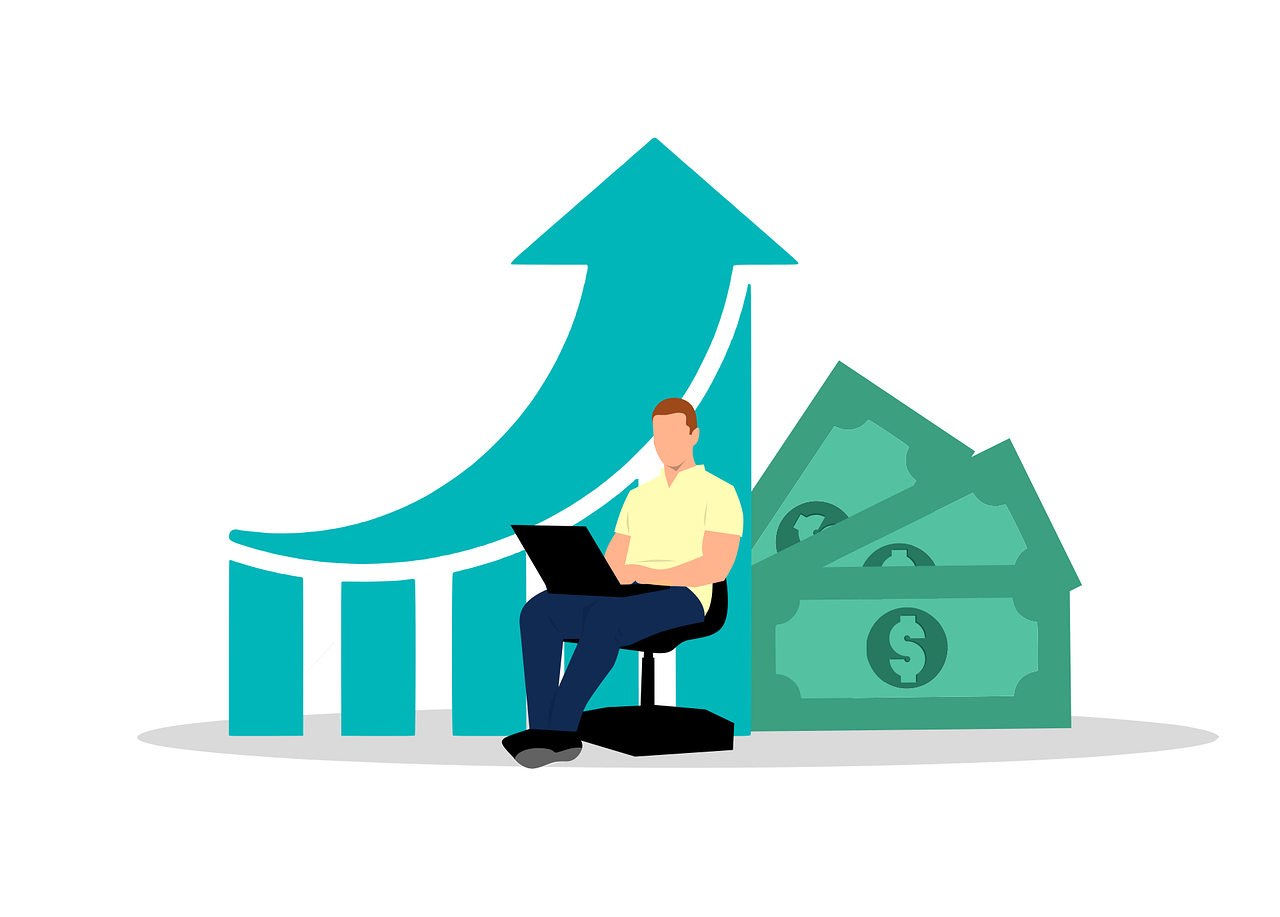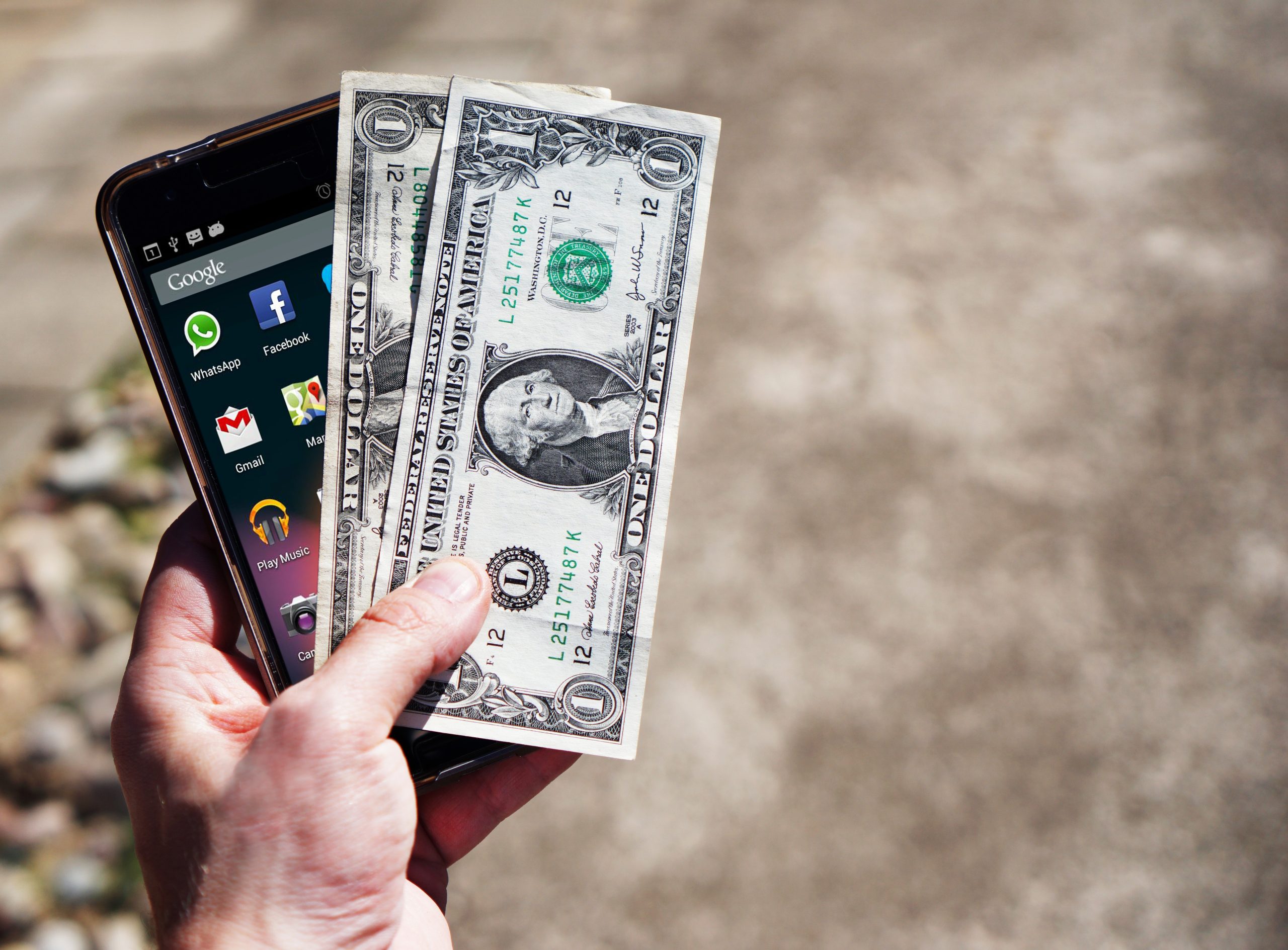Customer loyalty programs have become a cornerstone strategy for many airlines, aimed at driving repeat business and enhancing customer retention. These programs offer incentives to frequent flyers, encouraging them to choose the same airline for their travel needs. This article explores the various aspects of airline loyalty programs, their benefits, challenges, and their impact on customer behavior. It also includes an analysis and comparative table of leading airline loyalty programs.
The Evolution of Airline Loyalty Programs

Airline loyalty programs have evolved significantly since their inception. The first frequent flyer program (FFP) was introduced by American Airlines in 1981. This pioneering initiative set the stage for other airlines to develop similar programs, transforming how airlines engage with their customers. Over the years, these programs have grown more sophisticated, integrating advanced technology and data analytics to offer personalized rewards and experiences.
Key Components of Airline Loyalty Programs
1. Points/Miles Accumulation
The primary component of most loyalty programs is the ability to earn points or miles based on the distance flown or the amount spent. These points can be redeemed for various rewards, such as free flights, upgrades, or access to exclusive airport lounges.
2. Tiered Membership Levels
Many loyalty programs feature tiered membership levels (e.g., Silver, Gold, Platinum), which offer progressively better benefits as customers accumulate more points or miles. Higher tiers often provide perks like priority boarding, extra baggage allowance, and preferential treatment.
3. Partner Networks
Airlines often partner with hotels, car rental companies, and retail brands to offer additional ways for members to earn and redeem points. This expands the program’s appeal and utility, encouraging members to remain engaged.
Benefits of Loyalty Programs for Airlines
1. Increased Customer Retention
Loyalty programs are designed to foster long-term relationships with customers. By offering tangible rewards and exclusive benefits, airlines can enhance customer satisfaction and encourage repeat business.
2. Enhanced Customer Data
Loyalty programs provide airlines with valuable data on customer preferences and behaviors. This data can be leveraged to tailor marketing efforts, optimize service offerings, and improve the overall customer experience.
3. Competitive Advantage
A well-designed loyalty program can differentiate an airline from its competitors. Exclusive perks and personalized rewards can make a significant impact on a customer’s choice of airline, especially in a highly competitive market.
Challenges in Implementing Loyalty Programs
1. Cost Management
Running a loyalty program can be expensive. The cost of providing rewards, managing partnerships, and maintaining the program’s infrastructure must be carefully managed to ensure profitability.
2. Customer Expectations
As loyalty programs become more prevalent, customers’ expectations continue to rise. Airlines must constantly Business innovate and enhance their programs to meet these expectations and maintain customer interest.
3. Balancing Fairness and Exclusivity
Airlines must strike a balance between offering attainable rewards for all members and maintaining the exclusivity of higher-tier benefits. This balance is crucial to keep members engaged and motivated to climb the loyalty ladder.
Impact of Loyalty Programs on Customer Behavior
Loyalty programs have a significant impact on customer behavior. Studies show that members of loyalty programs are more likely to choose the same airline for future flights, demonstrating increased brand loyalty. Additionally, higher-tier members often exhibit stronger brand affinity and are less price-sensitive, as the perceived value of their benefits outweighs the cost of tickets.
Analysis Table of Major Airline Loyalty Programs
| Airline | Program Name | Points/Miles Accumulation Rate | Tier Levels | Key Benefits | Partner Networks |
|---|---|---|---|---|---|
| American Airlines | AAdvantage | 1 mile per mile flown | Gold, Platinum, Executive Platinum | Free checked bags, priority boarding | Hotels, car rentals, credit cards |
| Delta Airlines | SkyMiles | 5 miles per dollar spent | Silver, Gold, Platinum, Diamond | Free upgrades, lounge access | Hotels, car rentals, retail brands |
| United Airlines | MileagePlus | 5 miles per dollar spent | Silver, Gold, Platinum, 1K | Premier Access, extra baggage allowance | Hotels, car rentals, dining, retail |
| Southwest Airlines | Rapid Rewards | 6 points per dollar spent | A-List, A-List Preferred | Companion Pass, priority boarding | Hotels, car rentals, dining, entertainment |
| British Airways | Executive Club | 1 Avios per mile flown | Bronze, Silver, Gold | Lounge access, additional baggage | Hotels, car rentals, financial services |
Comparative Table: Benefits of Leading Airline Loyalty Programs
| Benefit | American Airlines | Delta Airlines | United Airlines | Southwest Airlines | British Airways |
|---|---|---|---|---|---|
| Priority Boarding | Yes | Yes | Yes | Yes | Yes |
| Free Checked Bags | Yes | Yes | Yes | No | Yes |
| Lounge Access | Yes | Yes | Yes | No | Yes |
| Free Upgrades | Yes | Yes | Yes | No | Yes |
| Partner Networks | Extensive | Extensive | Extensive | Extensive | Extensive |
| Points Expiration Policy | 18 months inactivity | No expiration | 18 months inactivity | 24 months inactivity | 36 months inactivity |
| In-Flight Perks | Complimentary snacks and drinks | Complimentary snacks and drinks | Complimentary snacks and drinks | Complimentary snacks and drinks | Complimentary snacks and drinks |
Conclusion
Customer loyalty programs play a pivotal role in the airline industry, driving repeat business and fostering long-term customer relationships. By offering rewards and exclusive benefits, airlines can enhance customer satisfaction, gather valuable data, and maintain a competitive edge. Despite the challenges of cost management and rising customer expectations, a well-executed loyalty program can significantly impact customer behavior and loyalty. As the airline industry continues to evolve, loyalty programs will remain a key strategy for retaining customers and encouraging repeat business.










